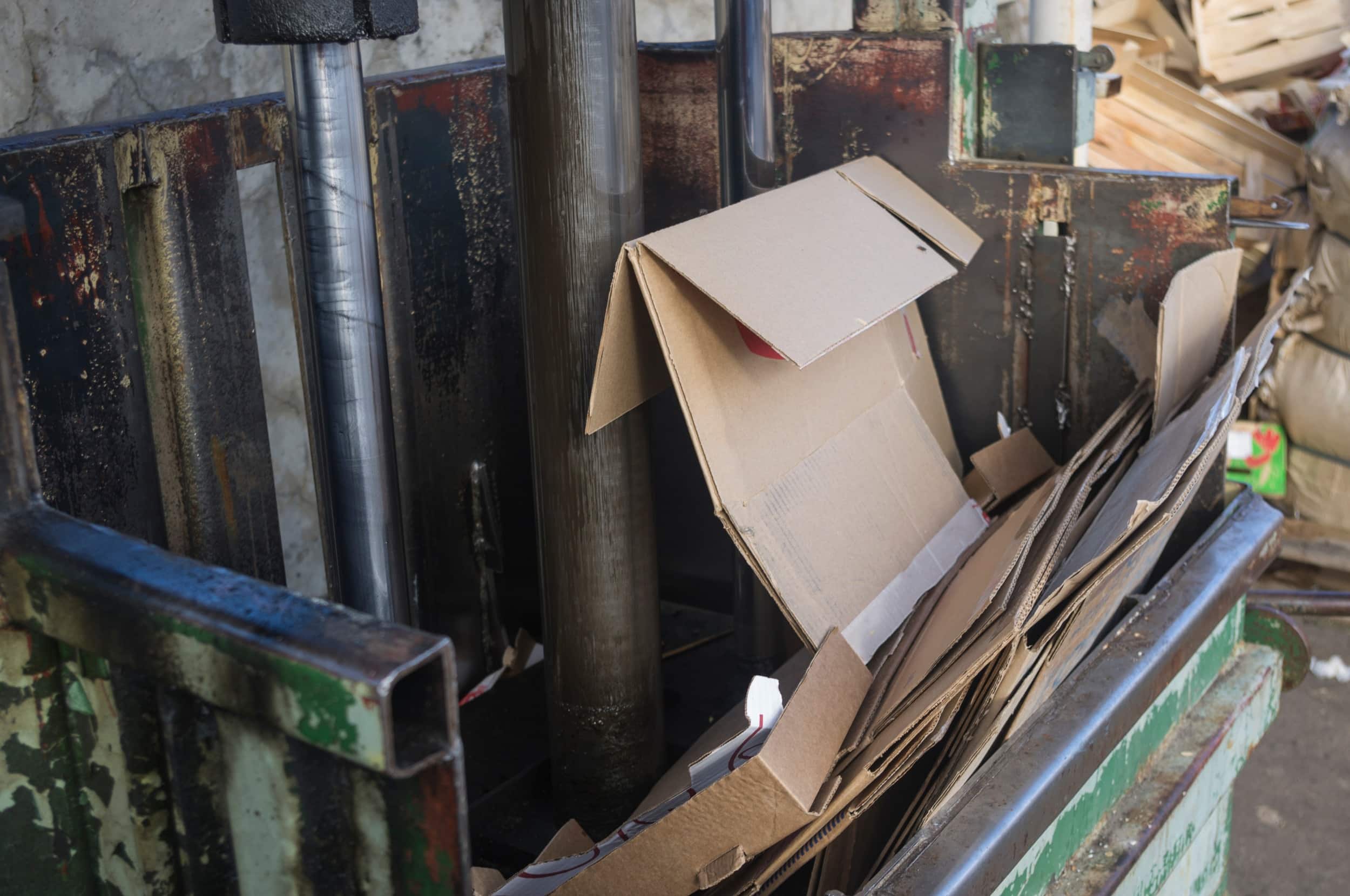
Best Practices for Compactor Safety
Cardboard compactors play a crucial role in waste management, but ensuring their safe operation is paramount. Whether you’re new to using a cardboard compactor or need a refresher on best practices, here’s a guide to help you navigate safe usage.
1. Understanding the Compactor
Before operating your compactor, it’s essential to understand its specific model and features:
- Read the Manual: Familiarize yourself with the manufacturer’s instructions for operation, maintenance, and safety guidelines.
- Learn the Controls: Understand how to operate the compactor efficiently and safely.
2. Proper Training and Certification
Proper training is vital to ensure safe compactor operation:
- Operator Training: All operators should receive comprehensive training in machine operation, emergency procedures, and maintenance.
- Certification: Operators should be certified according to company or industry standards.
3. Personal Protective Equipment (PPE)
Wearing the right protective gear can prevent accidents:
- Gloves: Protect hands from cuts and abrasions while handling cardboard.
- Safety Glasses: Shield eyes from dust and debris.
- Steel-Toed Boots: Safeguard feet from falling objects.
4. Material Preparation and Loading
Prepare and load materials properly to ensure smooth compactor operation:
- Sort the Cardboard: Remove non-cardboard materials like plastic, staples, and tape.
- Flatten Boxes: Pre-crush large boxes to save space and prevent jams.
- Even Loading: Load the compactor evenly to maintain balance.
5. Safe Operation Guidelines
Follow these guidelines during compactor operation to minimize risks:
- Single Operator: Only one person should operate the compactor at a time.
- No Unauthorized Access: Keep the area clear of untrained personnel.
- Emergency Stop: Know how to immediately stop the compactor in case of emergencies.
6. Regular Maintenance
Regular maintenance is essential to keep the compactor in safe working condition:
- Inspect Regularly: Check for hydraulic leaks, loose bolts, or worn parts.
- Clean the Machine: Keep the compactor free of dust and debris.
- Test Safety Features: Ensure emergency stop buttons and safety switches are functioning properly.
7. Audit Safety Procedures
Conduct regular audits to assess safety procedures and machine condition:
- Inspection: Review the machine and surrounding area for hazards.
- Feedback: Gather feedback from operators on possible improvements.
- Review Compliance: Ensure procedures align with industry safety standards.
Essential Takeaways for Ensuring Compactor Safety
Safely operating a cardboard compactor involves understanding the machine, proper training, wearing the right protective gear, and regular maintenance. By following these guidelines, you can maximize safety and efficiency in your waste management process.
Additionally, proper maintenance isn’t limited to the compactor alone—your conveyor system also requires attention. Contact Norton Equipment Company today for professional conveyor maintenance services and keep your operations running smoothly.
